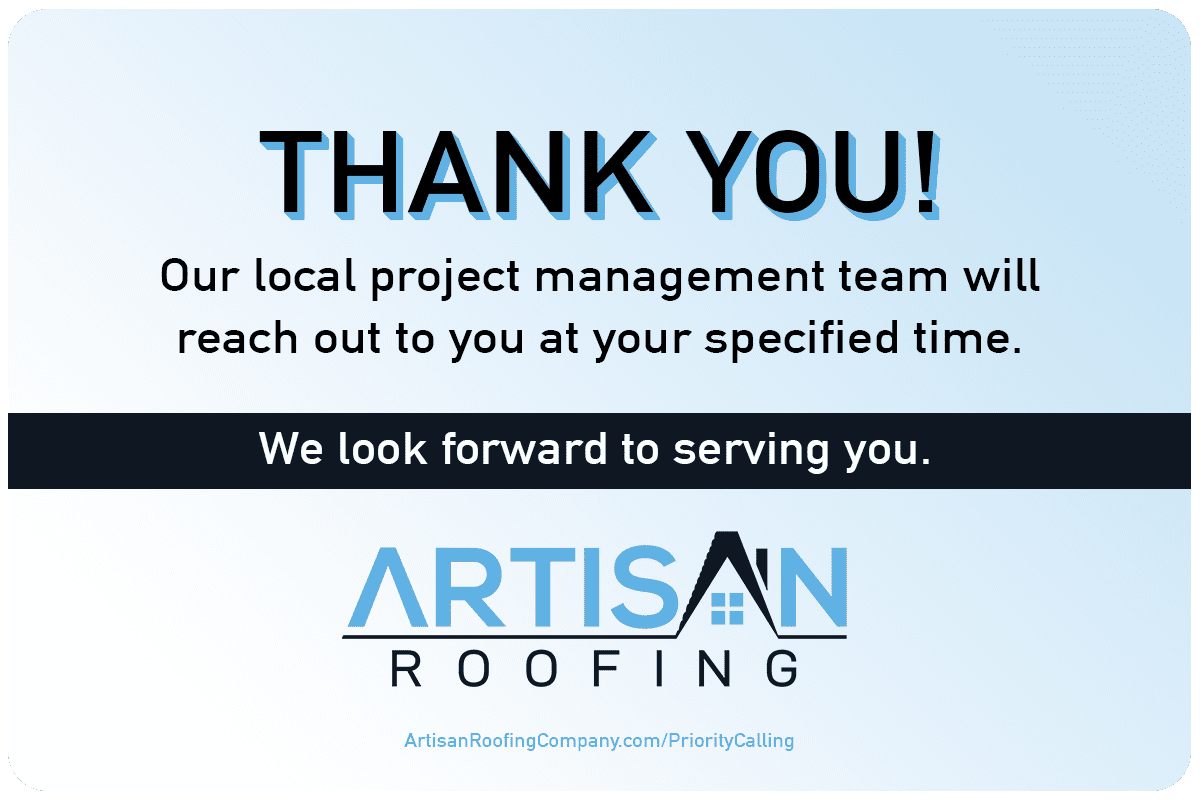High winds, heavy storms, or aging materials can sometimes cause shingles to blow off your roof. While it might look like just a minor inconvenience, missing shingles can quickly lead to water damage, leaks, and costly repairs if not addressed quickly. Here’s a step-by-step guide on what to do if you notice shingles missing from your roof.
1. Assess the Damage Safely
Your first instinct might be to grab a ladder and check the roof yourself, but safety comes first. Instead:
- Walk around the perimeter of your house and look for missing shingles on the ground.
- Use binoculars or a zoomed-in phone camera to inspect your roof from a safe distance.
- Check your attic or ceilings for signs of water intrusion, such as damp spots or stains.
If you suspect extensive damage—or see sagging areas or exposed underlayment—it’s best to call a roofing professional right away and avoid climbing on the roof yourself.
2. Protect the Exposed Area
If rain is in the forecast, protecting your home from water intrusion is critical. While you wait for professional repairs, you can:
- Use a tarp: Secure a heavy-duty tarp over the exposed area with boards or bricks to keep water out.
- Temporary patches: Roofing cement or sealant can sometimes be used for small sections if you’re comfortable working from a ladder.
For large or hard-to-reach areas, leave the temporary fix to a contractor—it’s not worth the risk of injury.
3. Contact a Roofing Professional
Even if only a few shingles are missing, it’s wise to schedule an inspection. A licensed roofing contractor will:
- Check for loose or lifted shingles that could blow off next.
- Inspect the underlayment and decking for water damage.
- Recommend whether a simple patch or a more extensive repair is needed.
Prompt repairs now can save you thousands of dollars in future damage.
4. Document the Damage for Insurance
If the shingles blew off during a storm or due to wind, your homeowner’s insurance may cover the repair costs. To make the claims process smoother:
- Take clear photos of the damage from multiple angles.
- Save any shingles or debris you find on the ground.
- Write down the date and details of the storm or event.
- Contact your insurance company right away to report the claim.
Your roofing contractor can also provide a detailed damage report to help with the claim.
5. Schedule Permanent Repairs
Replacing missing shingles is typically a quick repair if addressed early. However, if your roof is older or has widespread damage, your contractor may recommend partial or full replacement. New shingles will not only restore your home’s protection but also improve its curb appeal and value.
6. Prevent Future Damage
Once the immediate problem is fixed, take steps to prevent future issues:
- Schedule annual roof inspections to catch loose or aging shingles early.
- Trim overhanging branches that can damage shingles during storms.
- Clean gutters regularly to prevent water from backing up under the roofing material.
- Invest in higher-quality, wind-resistant shingles if your area is prone to high winds.
The Bottom Line
Missing shingles aren’t just a cosmetic problem—they’re a red flag that your roof’s protective barrier is compromised. Acting quickly can mean the difference between a simple patch and expensive structural repairs.
If you’re dealing with blown-off shingles, prioritize safety, document the damage, and get a trusted roofing professional on site as soon as possible. With prompt attention and preventive care, you can keep your roof strong and your home protected for years to come.

